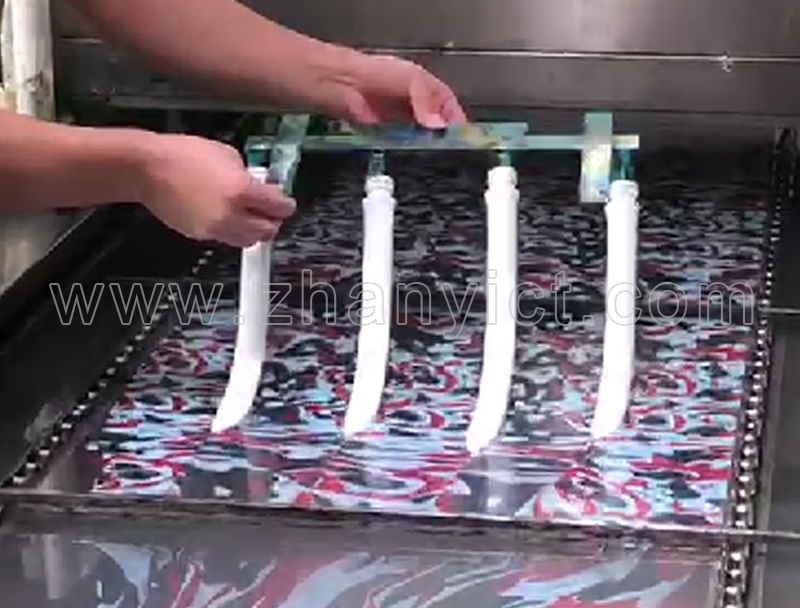Comprehensive Analysis of Printing Techniques in the Water Bottle Industry (Part 3: Comparison of Mainstream Printing Techniques)
"There's a story in every cup, warmth in every life." Hello everyone, "Dong Dong's Cup Talk" is back! From the 1.0 era to today's 6.0 era, the water bottle industry has undergone tremendous changes in functionality, design, materials, patterns, and sales methods. http://www.zhanyict.com/en/ProductsDetail-VB-10435.htmlToday, we’ll dive into the various printing techniques used in this industry.
Observant consumers may have noticed that water bottles on the market now feature more diverse and personalized designs, each achieved through different printing methods. Due to the extensive content, we’ll break it down into multiple articles. http://www.zhanyict.com/en/ProductsDetail-VB-10435.htmlIf you enjoy our content, don’t forget to give us a thumbs-up—your support is greatly appreciated!
In water bottle manufacturing, the choice of printing technique directly impacts product aesthetics, durability, and market competitiveness. Different materials (stainless steel, plastic, glass) have varying requirements for printing processes, http://www.zhanyict.com/en/ProductsDetail-VB-10435.htmlwhile design complexity (single-color logos, photorealistic images, embossed textures, etc.) further influences technique suitability. Here, we’ll systematically analyze core printing technologies from four key dimensions: technical principles, material compatibility, 3D effect realization, and adhesion reliability.
1. Technical Characteristics and Pros/Cons of Mainstream Printing Techniques
Hydrographic Printing (Water Transfer Printing)
- Principle: Uses water pressure to transfer activated ink patterns onto the object’s surface.
- Compatible Materials: Complex curved surfaces (e.g., sports bottles), glass.
- Features:
- Pros: 360° full-coverage printing; can replicate wood grain, marble, http://www.zhanyict.com/en/ProductsDetail-VB-10435.htmland other special textures.
- Cons: Requires multiple protective lacquer coatings, making the process time-consuming; adhesion depends heavily on primer treatment.
3D Printing (UV Inkjet)
- Principle: UV-cured ink is layered to create three-dimensional patterns.
- Compatible Materials: PC, http://www.zhanyict.com/en/ProductsDetail-VB-10435.htmlglass (requires a base coating).
- Features:
- Pros: The only technique capable of true 3D (embossed) effects with standout tactile quality.
- Cons: High per-unit cost; low efficiency for mass production.
Etching (Laser/Chemical Engraving)
- Principle: Uses lasers or chemical corrosion to create raised/depressed textures on the material surface.
- Compatible Materials: http://www.zhanyict.com/en/ProductsDetail-VB-10435.htmlStainless steel, glass (laser-only).
- Features:
- Pros: Permanent patterns with zero risk of peeling; ideal for minimalist brand logos.
- Cons: Limited to single-color output; cannot reproduce gradient colors.
(To be continued in the next installment! Stay tuned for more in-depth comparisons.)

There are stories in the cup, life has warmth, use a good cup to enjoy a healthy life. We provide OEM business to more than 100 companies around the world, and produce more than 3 million pieces of various stainless steel/plastic cups and pots annually. Honoring promises, keeping reputation, ensuring quality and quantity, and delivering on time are our service principles and our professional commitment. Dongguan Zhan Yi Commodity Technology Co.,Ltd. welcomes global merchants to conduct on-site factory inspections and in-depth cooperation.